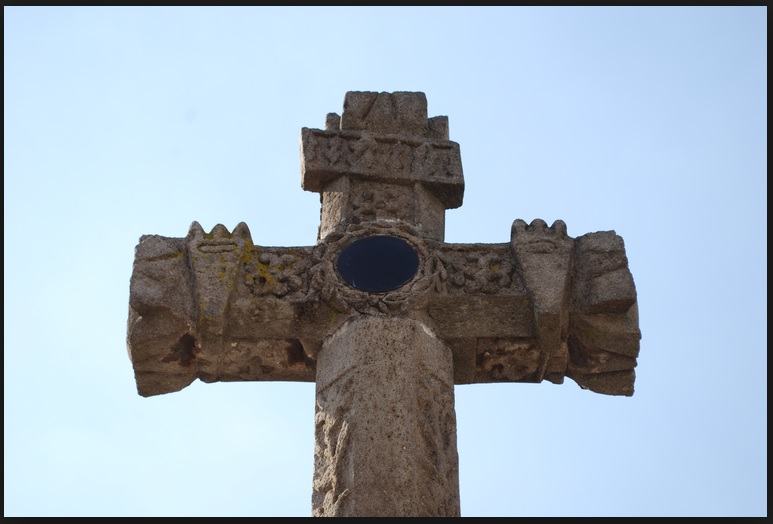Francisco Marroquín and Q'umarkaj
Solapas principales
In a marginal gloss, Ximénez clarifies that Francisco Marroquín is the “Sor obispo” referenced in the text, and the official who blessed Q’umarkaj (or Utatlán). Adrián Recinos notes was the most important city in Central America at the time of the Spanish conquest (178).
While the authors of the Popol Wuj point to the subsequent abandonment of the city, it is worth comparing one of Recinos’ notes with an episode highlighted by Saenz de Santa María. During the course of Marroquín’s previously mentioned travels throughout Guatemala, the bishop visited the cities of Utatlán and Tecpán, and as Saenz de Santa María notes: "En Tecpán admiró Marroquín la bella piedra de obsidiana que había sido fetiche de reyes y pueblo cakchiquel. Había ocupado puesto de honor en la antigua ciudad y se hallaba ahora en soledad, al menos oficial. Marroquín no lo pensó dos veces, consagró aquella piedra y la colocó solemnemente en el altar mayor de la iglesia del nuevo pueblo, y allí sirvió de ara durante muchos años" (43).
Although Marroquín’s presence in Guatemala is reduced to a single note in the margin by Ximénez, the interaction between the bishop and the local indigenous communities is emblematic of the disruptive elements at play in the hybridizing forces of colonialism. The material, spiritual, and cultural appropriation of indigenousness, such as the episode mentioned above, are in line with Recinos’ note regarding the architecture of the empire, as "Las casas o templos de los dioses del Quiché fueron destruidas después del abandono de la ciudad. La piedra y otros materiales extraídos de las ruinas de Utatlán sirvieron para construir los edificios de Santa Cruz, la vecina ciudad fundada por los españoles. Apenas quedan, entre las ruinas de la antigua capital quiché, los restos del sacrificatorio o templo de Tohil” (179).
Although Marroquín’s presence in Guatemala is reduced to a single note in the margin by Ximénez, the interaction between the bishop and the local indigenous communities is emblematic of the disruptive elements at play in the hybridizing forces of colonialism. The material, spiritual, and cultural appropriation of indigenousness, such as the episode mentioned above, are in line with Recinos’ note regarding the architecture of the empire, as
"Las casas o templos de los dioses del Quiché fueron destruidas después del abandono de la ciudad. La piedra y otros materiales extraídos de las ruinas de Utatlán sirvieron para construir los edificios de Santa Cruz, la vecina ciudad fundada por los españoles. Apenas quedan, entre las ruinas de la antigua capital quiché, los restos del sacrificatorio o templo de Tohil” (179).
Alongside such destructive practices, other missionaries used material culture, religious painting, and colonial architecture as sites of accommodation. Their work remains in objects like atrium crosses that replaced figures of Christ's passion with obsidian mirrors (pictured above), diverse built environments studied by Jaime Lara, and feathered objects that circulated throughout the Atlantic world (Russo et al.)
